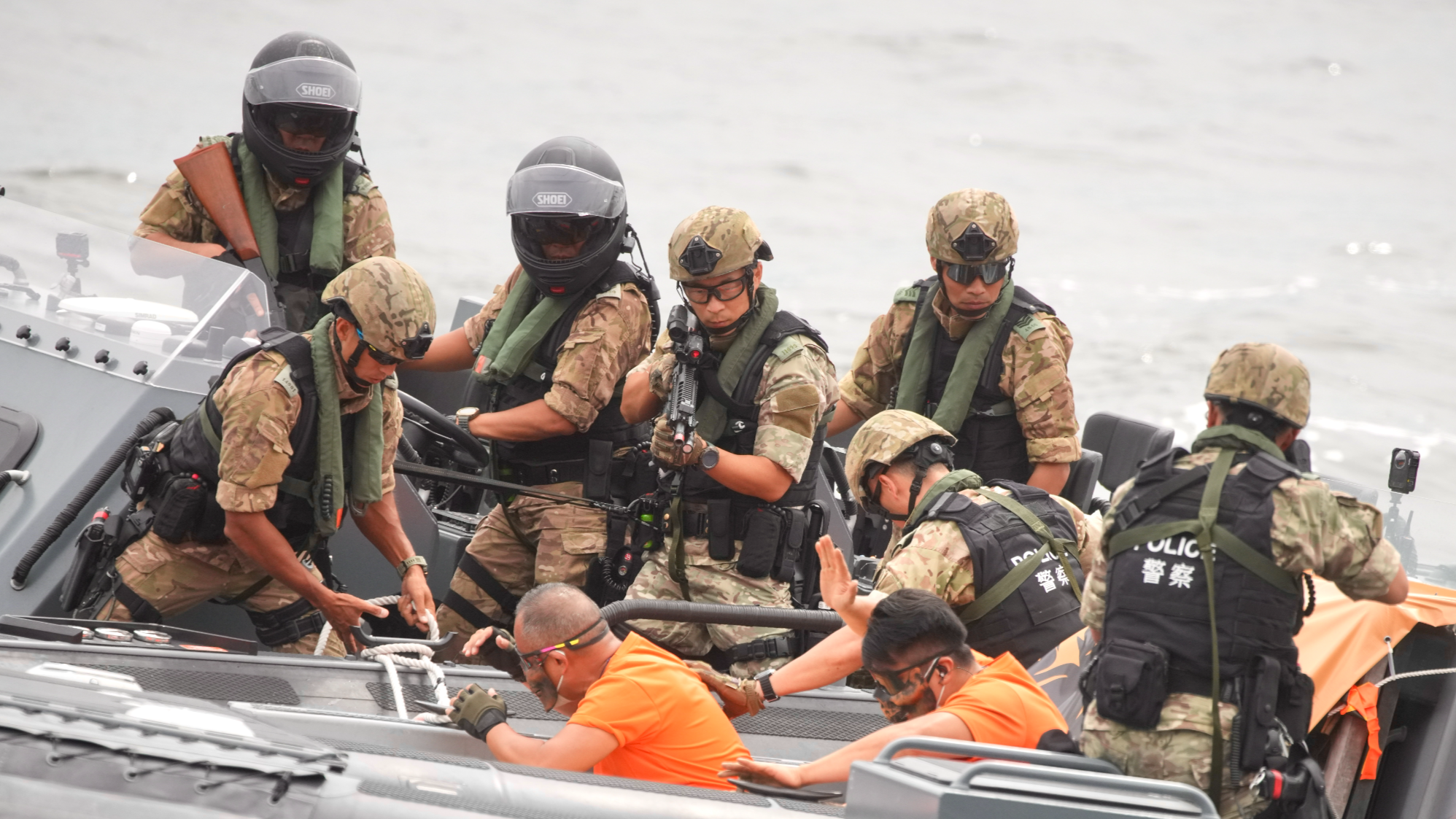
Chief Executive John Lee Ka-chiu called for strengthening the use of technology in counterterrorism operations following the city’s large-scale, multi-agency security drill at Kai Tak Cruise Terminal on Thursday, while also recognizing the emergency response capabilities of various departments.
Codenamed “Bravelight”, the drill — involving a high level of public participation and a large number of departments — showcased a variety of advanced equipment used by various departments through the joint enactment of different types of terrorist attack. The half-hour drill was broadcast live on television and internet platforms, marking the first time that such cross-department anti-terrorism activities could be witnessed in real-time by audiences.
On his social media page, Lee commended the professionalism displayed during the drill and underscored its role in boosting public awareness of counterterrorism. He stressed that terrorist attacks have increasingly destructive potential in an age of technological advancement, and emphasized the need to leverage more technology for use in counterterrorism efforts. He also endorsed the live broadcast as an effective way to engage with and educate the public, and added that the livestreaming of the exercise had also helped those participating to recognize the significance of their roles.
READ MORE: HK counterterrorism efforts to ensure National Games safety
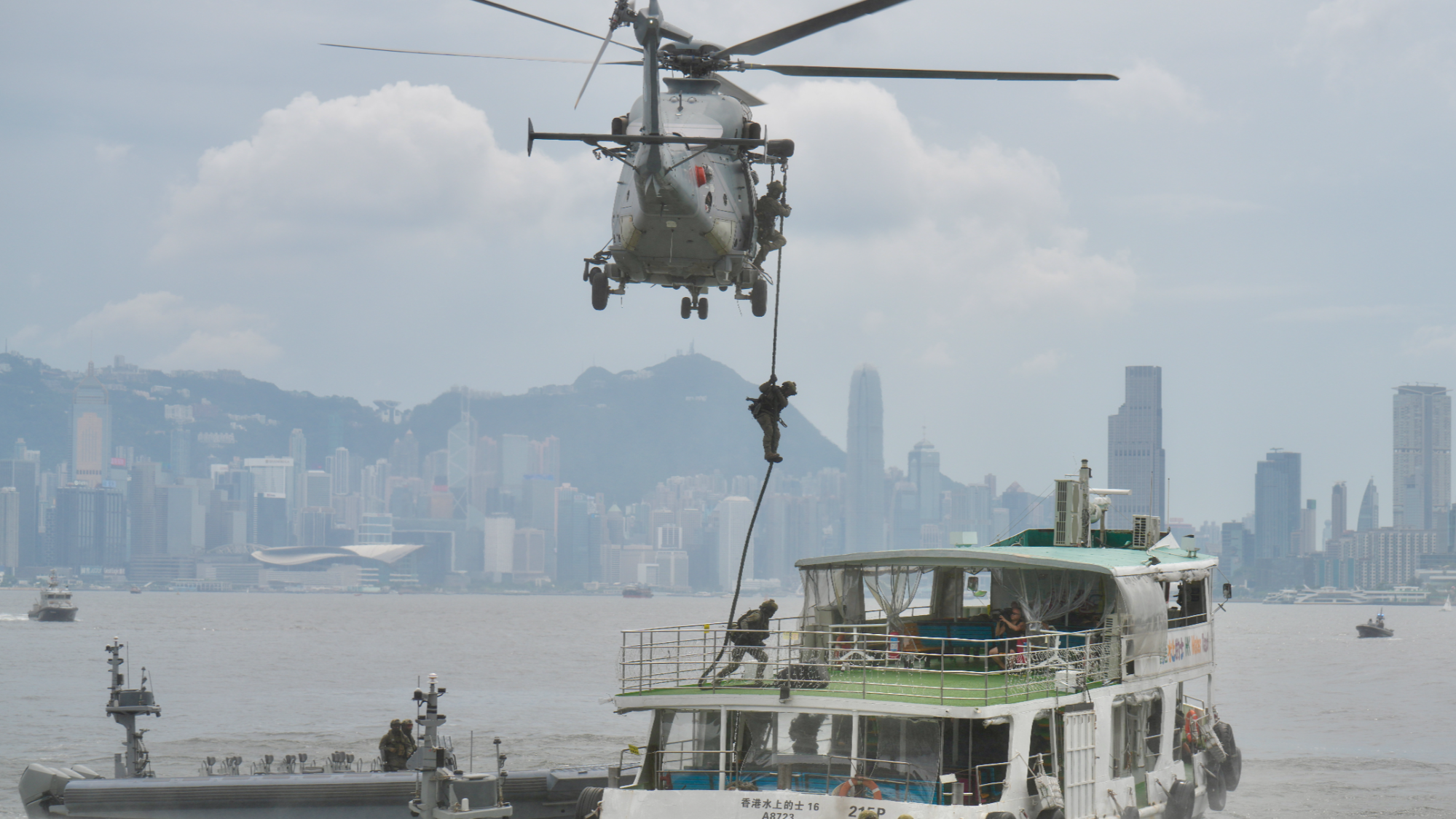
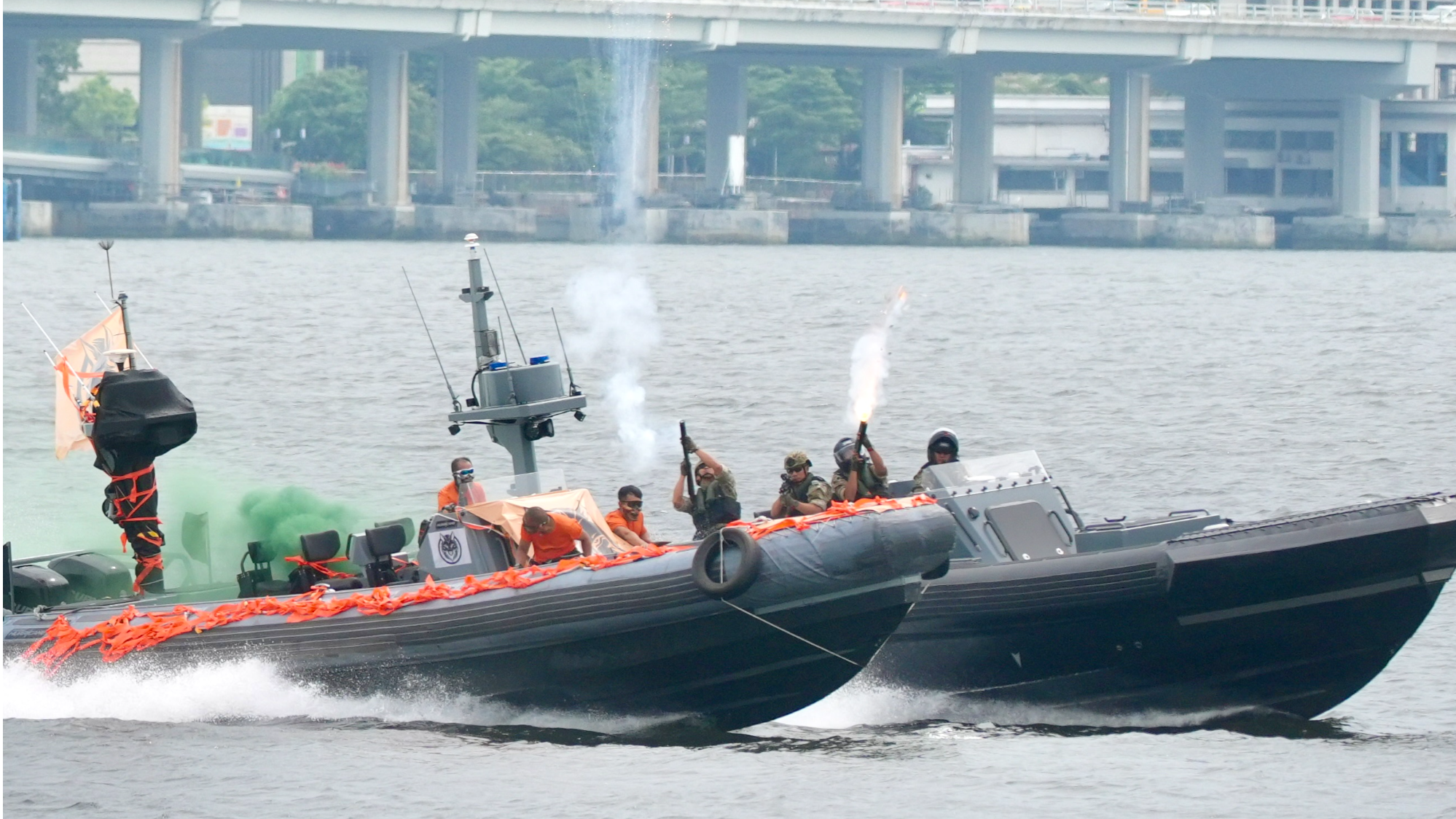
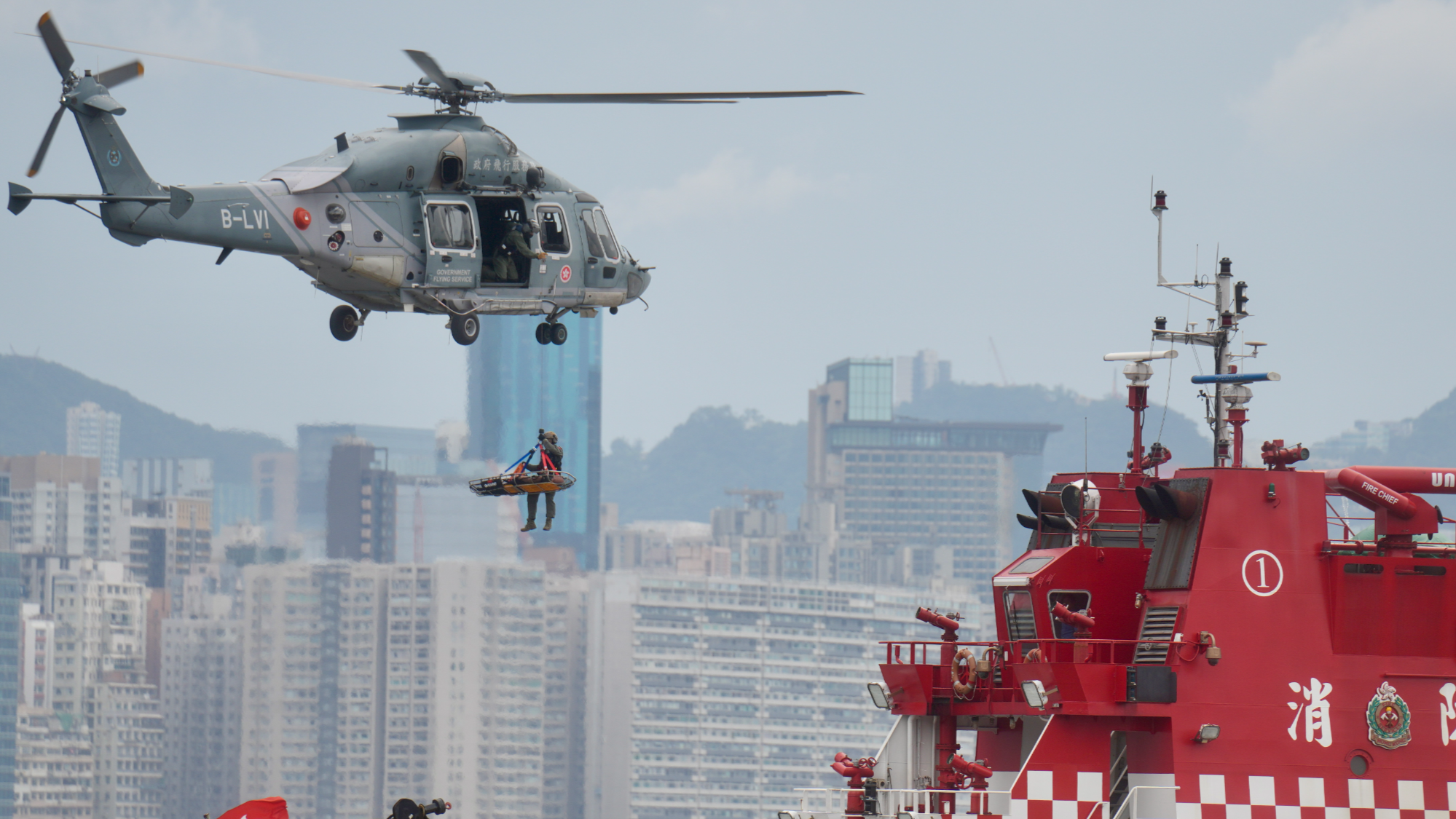
He also said that the unrestricted flow of people, goods, and funds into Hong Kong could potentially make it a target for terrorists, adding that the authorities must remain vigilant. The decision to use Kai Tak Cruise Terminal to stage the drill was correct, Lee said, adding that critical infrastructure is often targeted by terrorist.
This was the first exercise of its kind following Lee’s call in last year's Policy Address to establish a three-tier counterterrorism prevention framework. Aiming to bolster the city's readiness to combat terrorism, this mechanism comprises the Chief Executive Counter-Terrorism (CT) Steering Group, the Secretary for Security CT Coordinating Group, and interdepartmental working groups tasked with conducting specific studies and executing counterterrorism initiatives.
Following the exercise, the Inter-departmental Counter Terrorism Unit’s Senior Superintendent Peter Leung Wai-ki said that the drill proceeded smoothly, and the unit will assess room for potential improvements.
Leung highlighted the current complex and ever-changing global anti-terrorism landscape. He noted the persistence of extremist behavior stemming from ideological clashes and the ongoing threat of so-called lone-wolf attacks carried out by small groups, with some even showing a concerning trend towards youth involvement. As an international hub, Hong Kong still faces the threat of terrorism and must maintain a high level of vigilance, especially with a series of high-profile events scheduled for this year.
He also noted that the Hong Kong Special Administrative Region government will hold more anti-terrorism exercises in the future, with a more diverse approach covering different scenarios and settings including land, sea, and air operations. He said he expected these exercises to test the response and coordination capacities of different departments and units in handling terrorism emergencies.
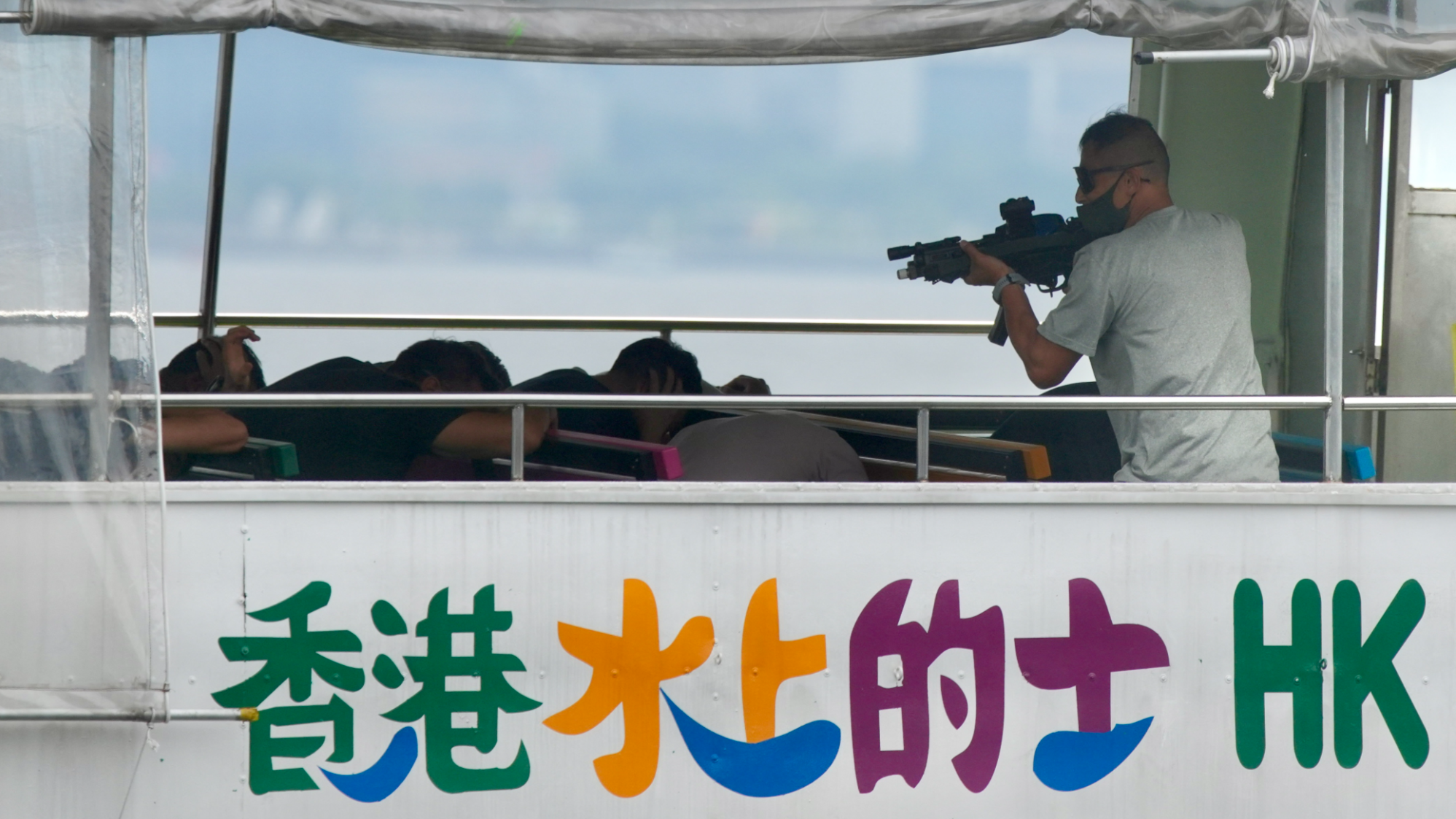
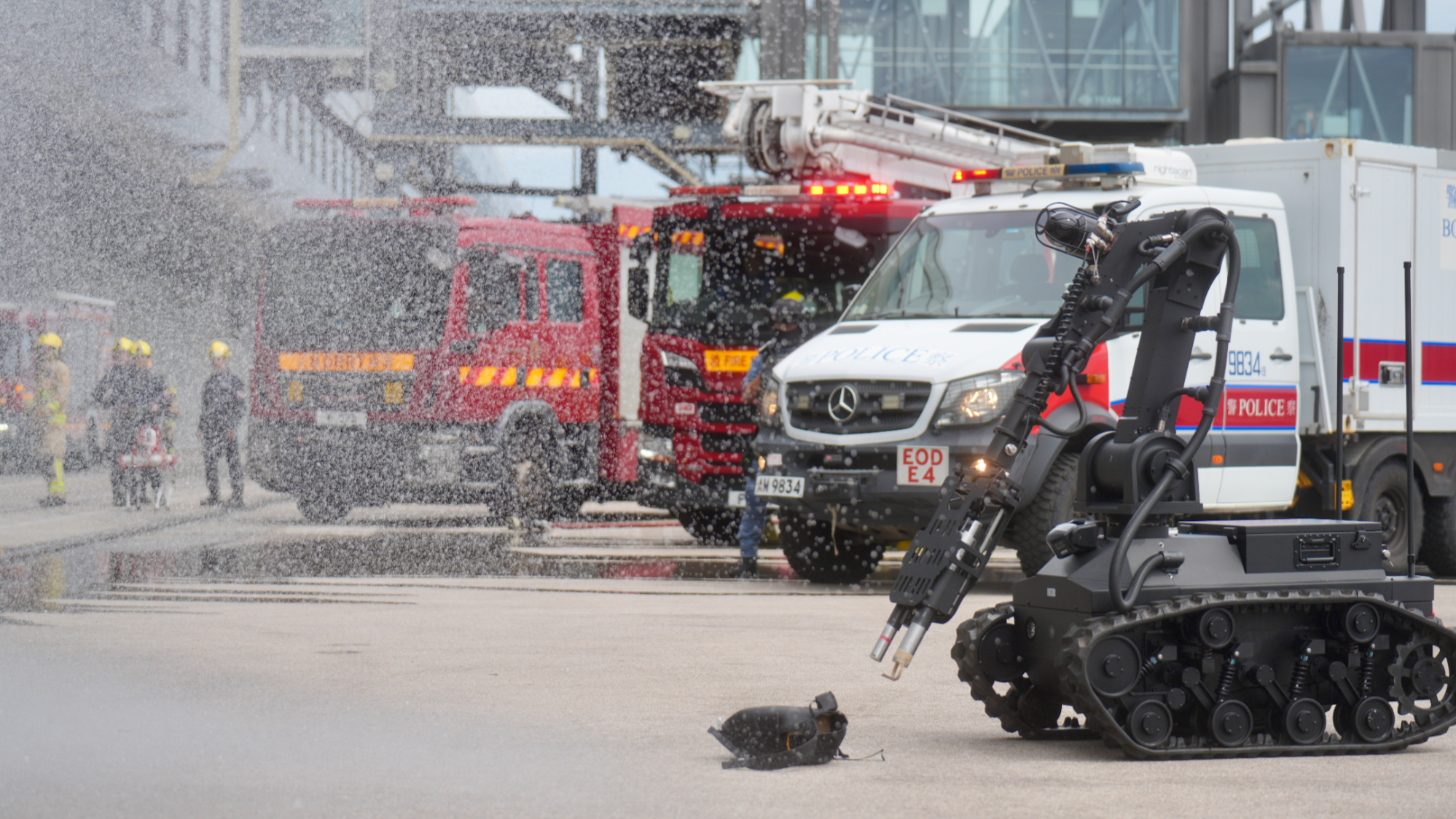
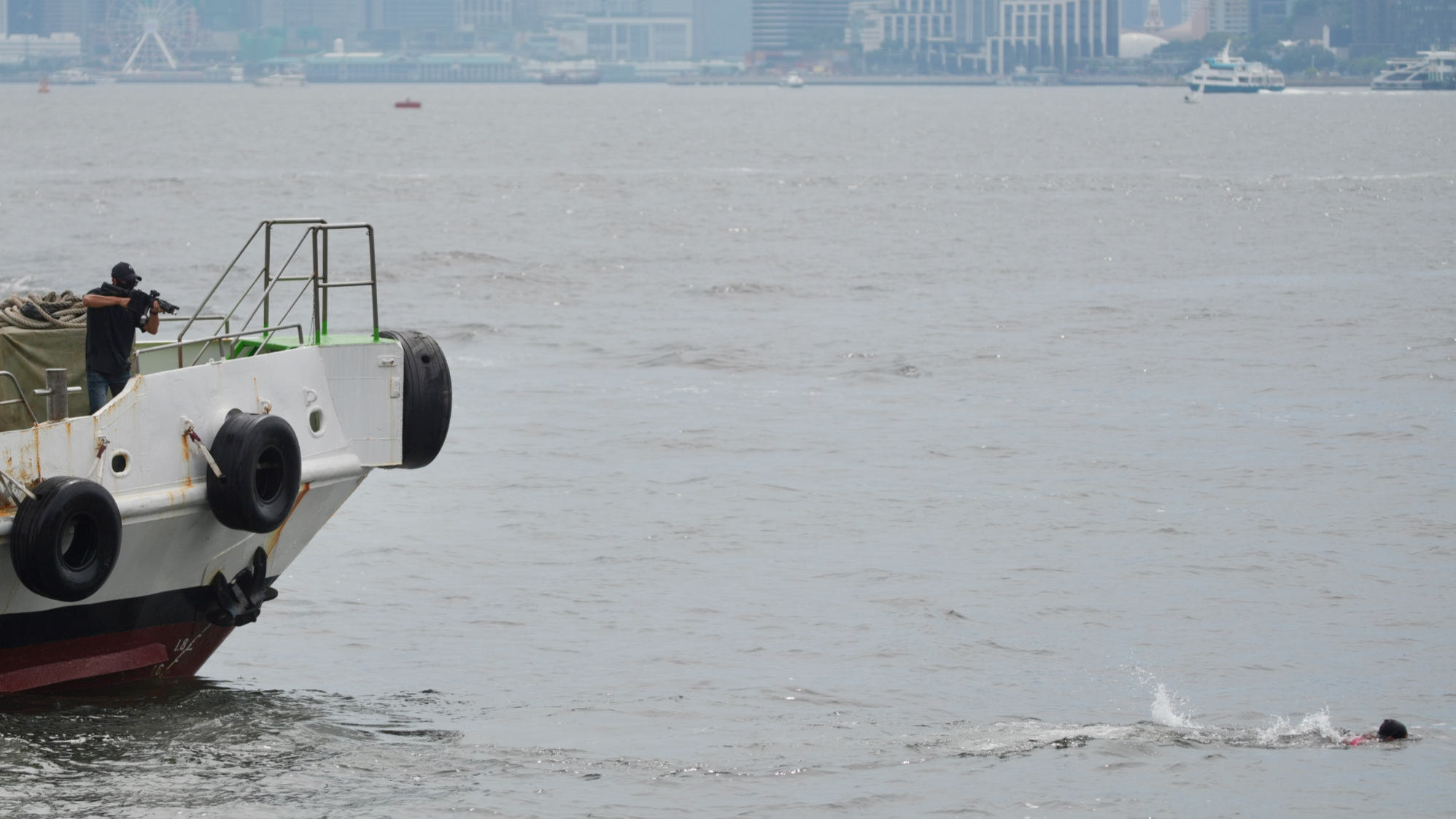
The exercise simulated various extremist scenarios, gunfights between police and terrorists, bomb threats, intercepting speedboats involved in terrorist activities and rescue operations in diverse injury situations.
In the last scenario, a terrorist group hijacked a cruise ship at sea, causing injuries and setting fires. The city's sea, land, and air forces including the Special Duties Unit — known as the Flying Tigers and the Police Force's most elite formation — displayed tight coordination in combating terrorists, extinguishing fires, and rescuing passengers.
Throughout the exercise, departments employed a range of cutting-edge equipment, such as the Fire Services Department's large-scale ambulances, the customs’ handheld portable X-ray scanners and ion detectors, along with a range of robots for detection, firefighting, bomb disposal, and more. Several of these devices were showcased for the first time.
READ MORE: Legal framework has enabled successful terror crackdown
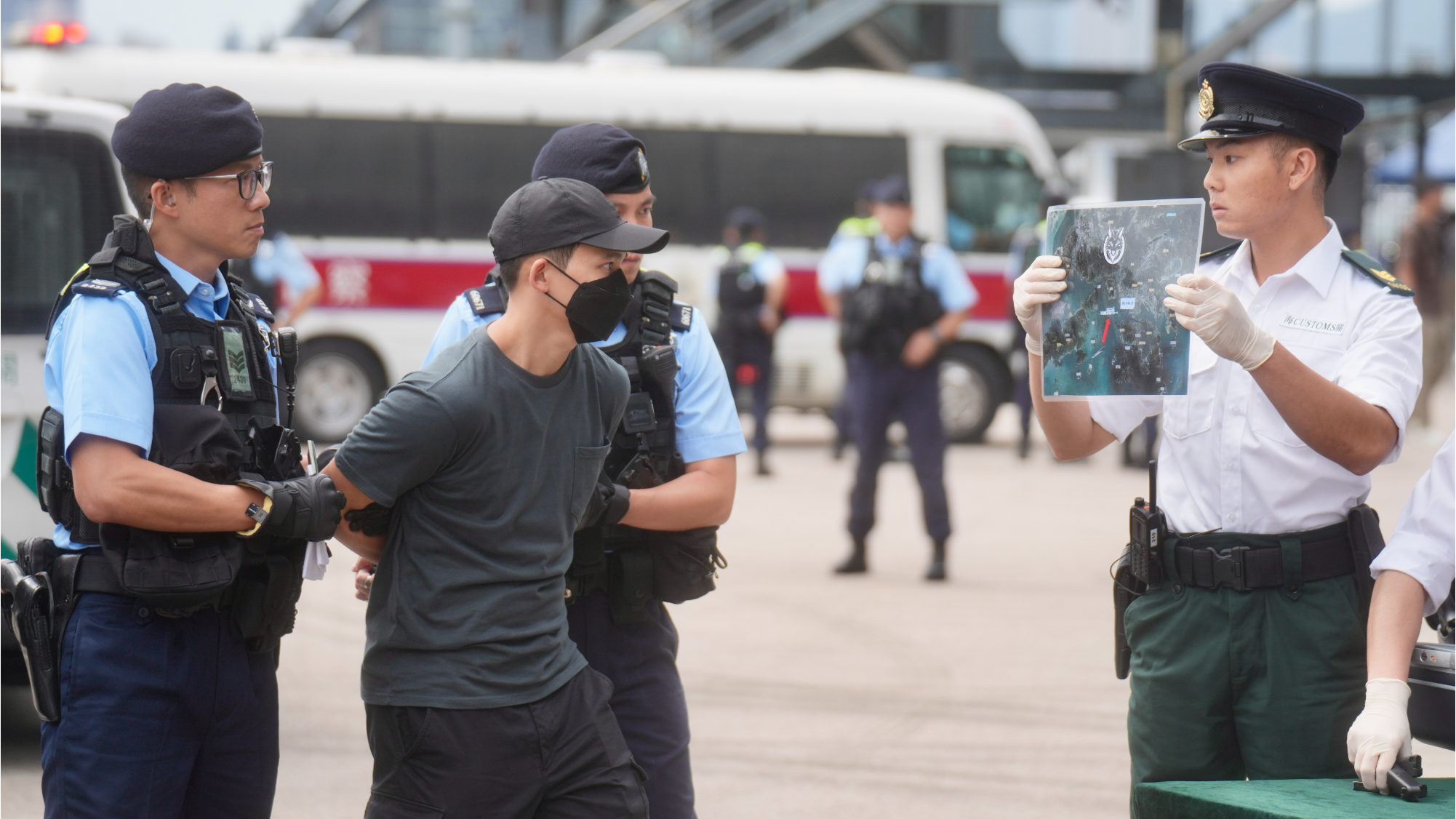
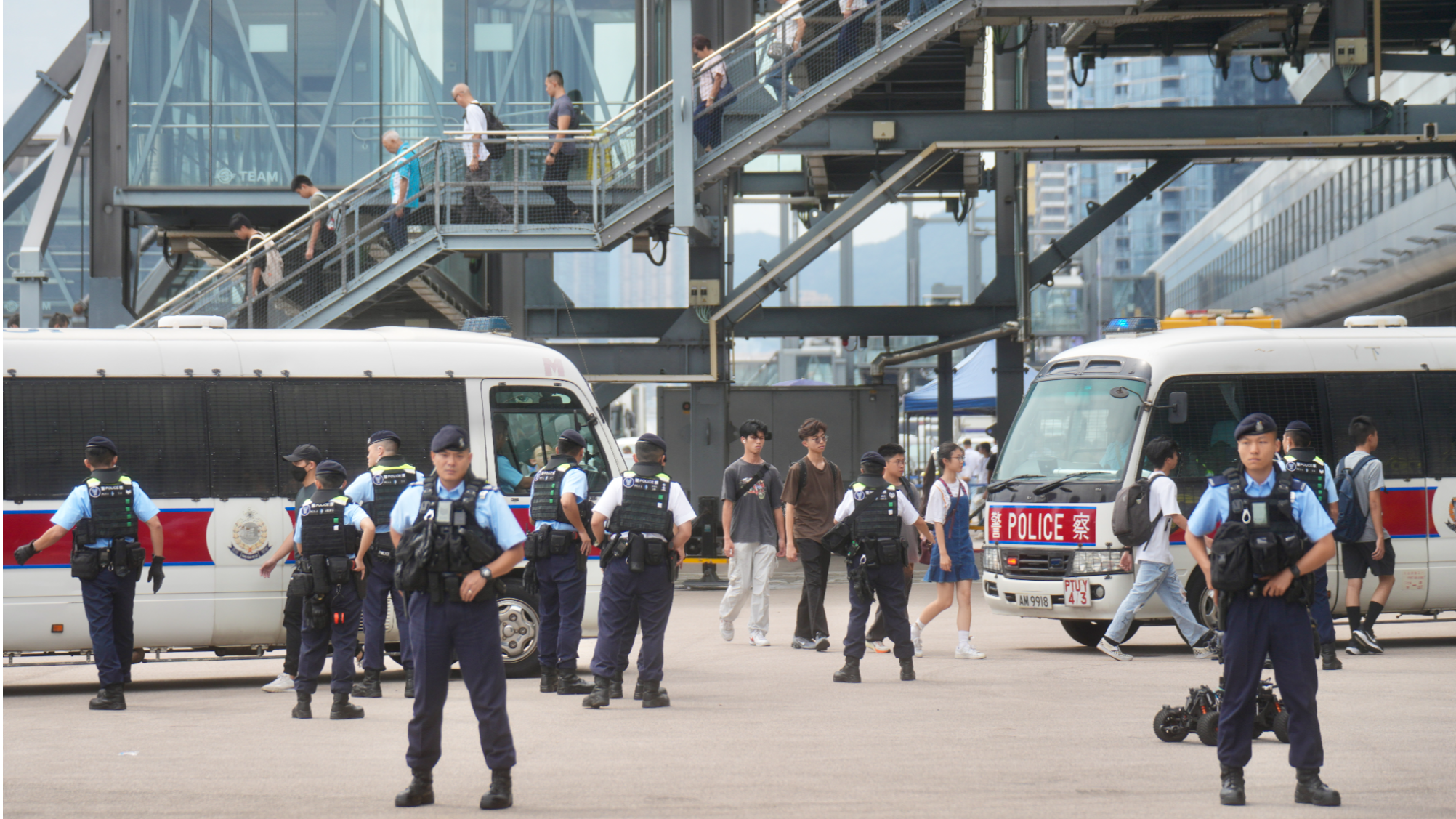
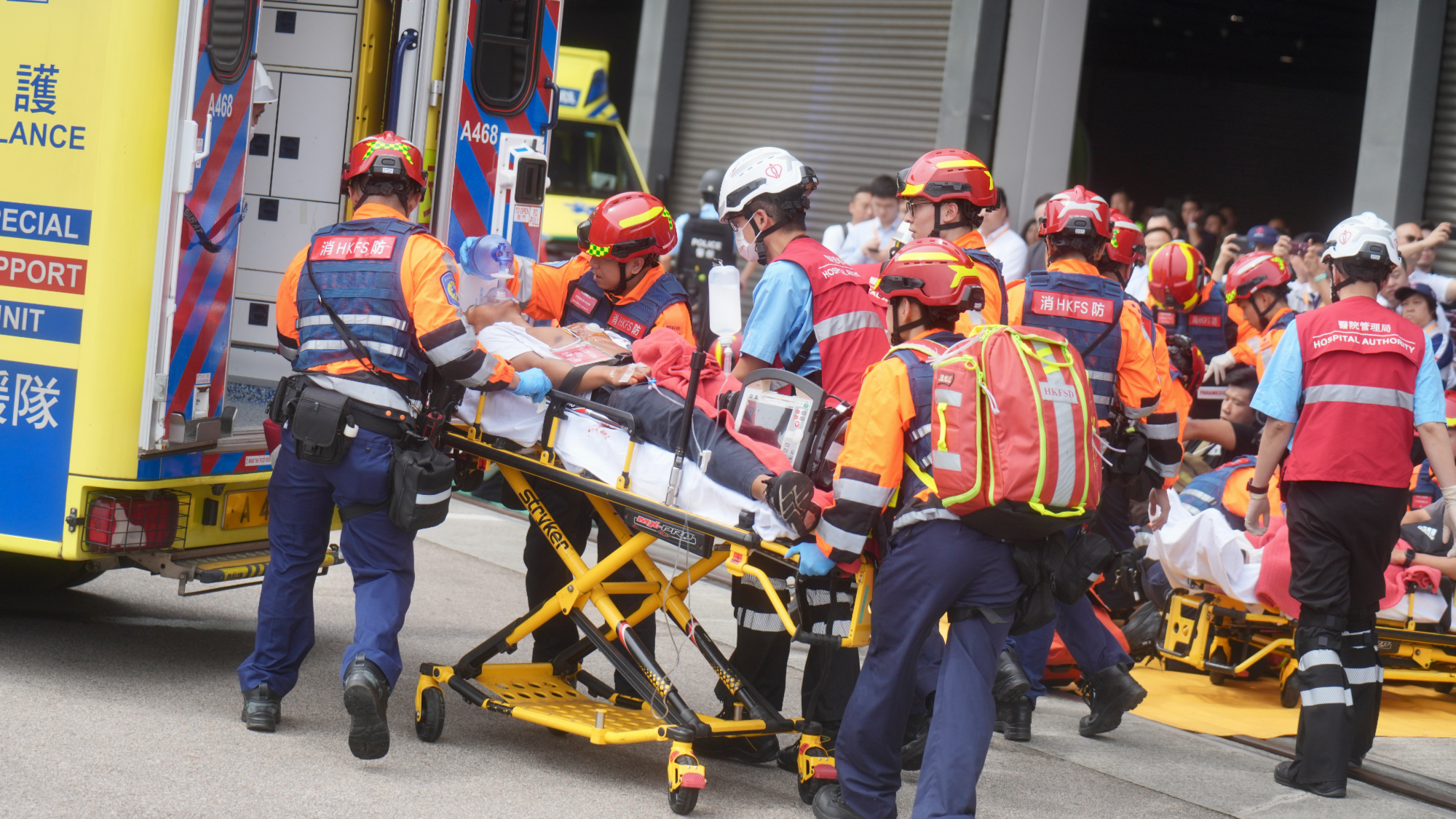
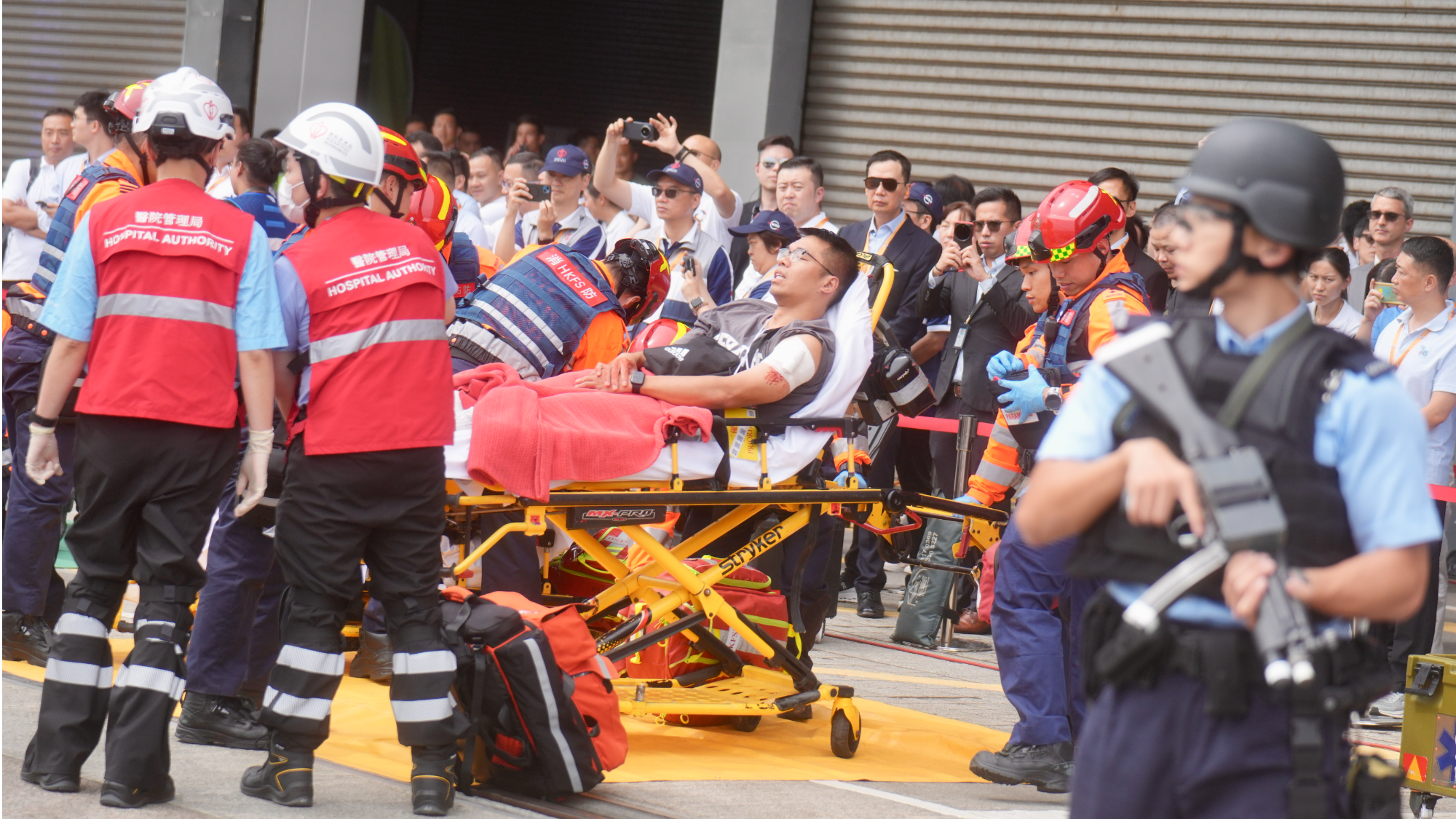
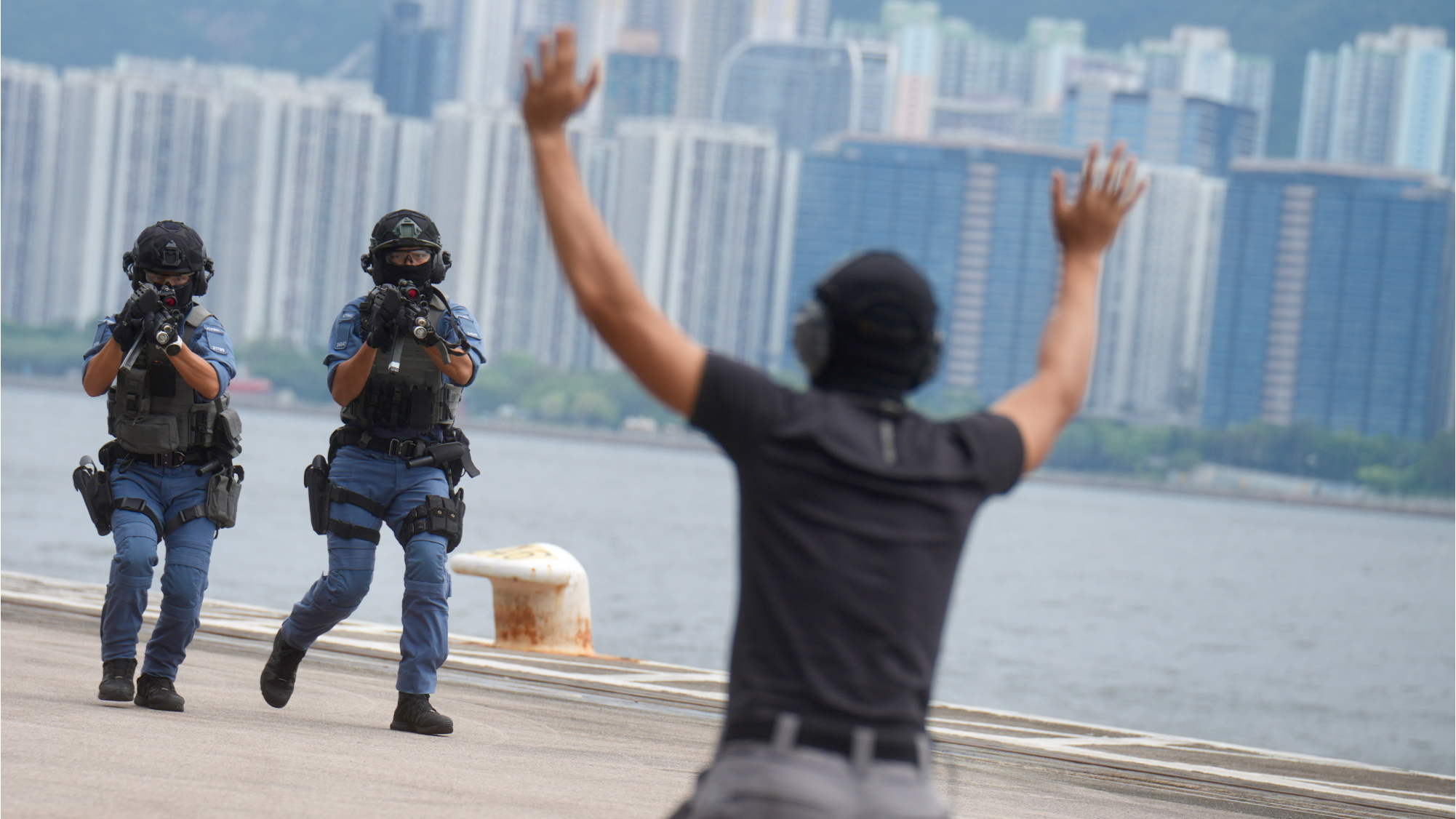
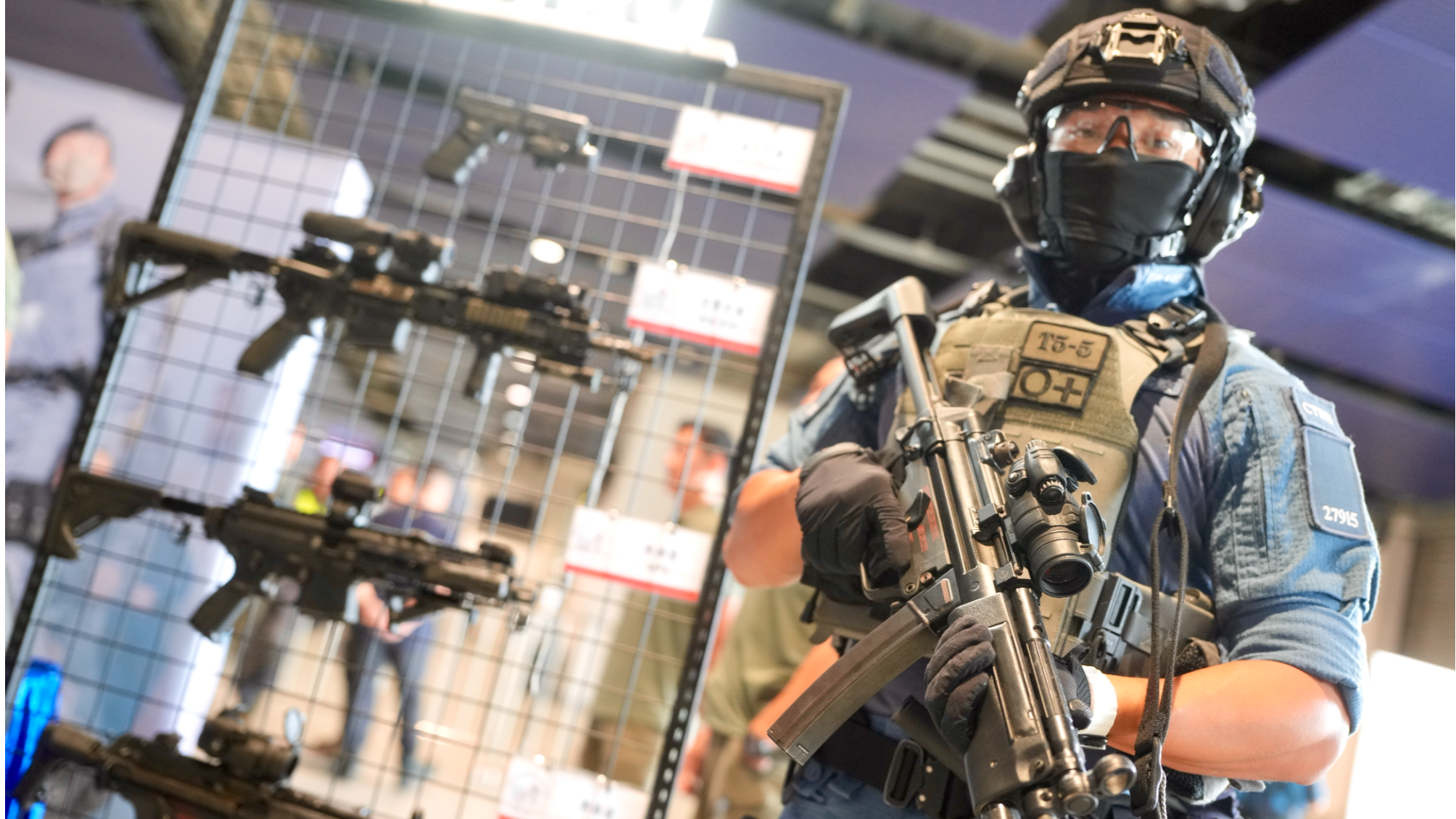
Units from Hong Kong Police Force participating in the drill included the Small Boat Unit, Counter Terrorism Response Unit, Explosive Ordnance Disposal Bureau, Special Duties Unit, Police Tactical Unit, along with different government departments overseeing fire services, customs, immigration, flying services, maritime affairs, hospital services, and laboratory services.
This exercise also marked the largest public engagement to date. Around 200 volunteer actors portrayed members of the public at the scene, with some representing public organizations spanning diverse age groups and industries. Alongside local groups and NGOs, youth groups from various disciplinary forces were also involved.
Contact the writer at amberwu@chinadailyhk.com


